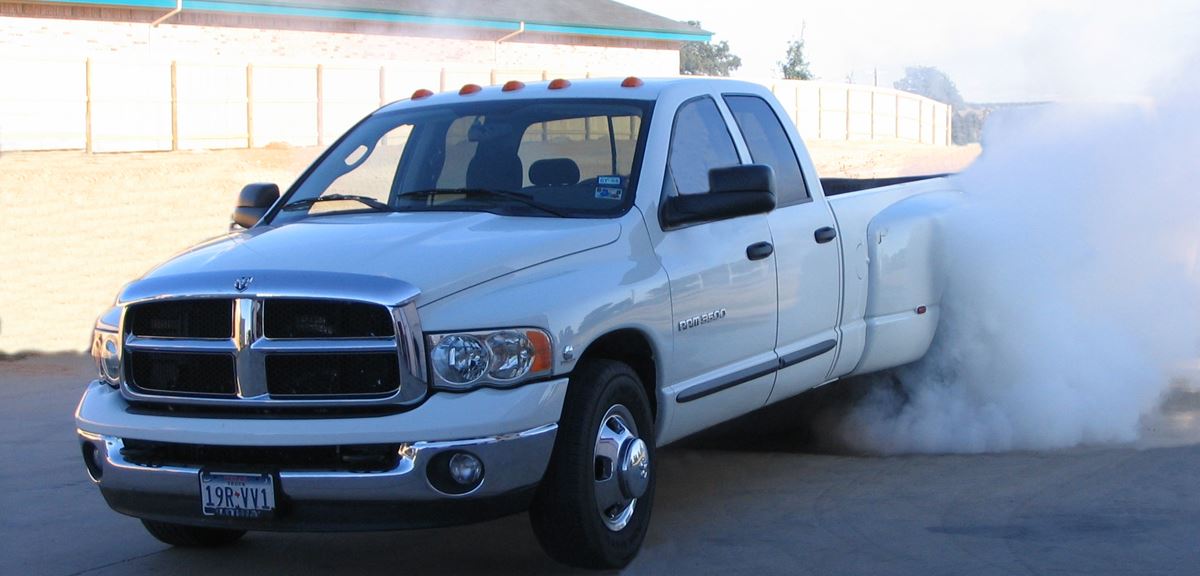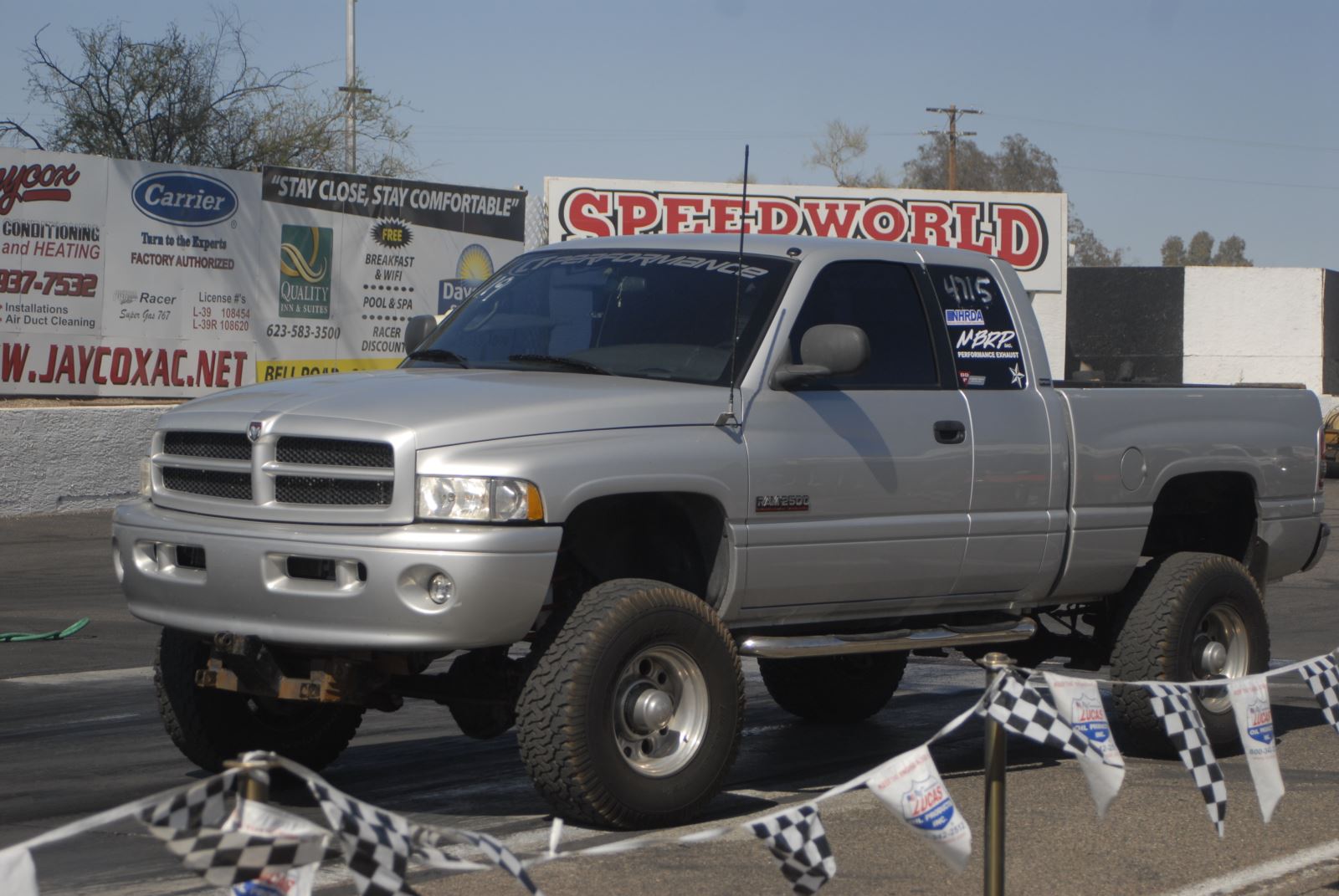
Level Two: 750 Horsepower
After reaching 500hp, many of the factory components start to become obstacles that need to be modified or replaced. Head gaskets start blowing before the engine reaches 750hp and pretty much everybody recommends that head studs should be installed. What about fire ringing the head? That’s a little more open to debate. The fire ring is a groove in the cylinder head and block. When a head gasket is set in place, a circular ring is placed in the groove that helps counteract the distribution between the cylinder head and block when loaded upon ignition of a fuel.
When performance is the goal, you should look at the airflow your system is getting. High ram intakes, ported cylinder heads, modified or aftermarket intake manifolds all help get air into the cylinder more easily. In order to install head studs, the head has to be removed; this is a great time to send the head off and get it ported. At 750hp, most port jobs will help. Many require cutting off the factory intake manifold and opting for an aftermarket one. By cutting off the intake manifold, the machinist has the ability to get into the intake ports and open them up to increase flow. The better the flow, the less stress is put on the other components.
There are many different levels of porting, so your specific goals and horsepower levels will determine how much porting you need. As always, the more the merrier, but it can get expensive, so you’ll need to figure out how much you actually need/can afford. In addition to adding head studs, upgrading the fuel system is necessary.
The stock CP3 will not be even close to adequate for the amount of fuel you need to support 750hp. Rail pressure tends to drop over 500hp, so you’ll need an upgraded or modified CP3 to achieve the needed flow volume. After modifying the CP3, replacing the stock fuel pump is an absolute necessity. FASS, Fuelab, and AirDog all make fuel systems that will support your new fuel requirements and will keep the rail pressure where it ought to be.
In addition to the fuel and heads, a larger turbo is certainly needed. If you’re using your truck for towing and have an automatic transmission, a twin turbo setup is a good idea, though a large single turbo can also be used and driven daily. Either way, you’re going to want a turbo that can flow around 1100 cfm.
As before, the increase in your horsepower levels will also lead to higher EGTs. Adding nitrous is a good way to help reduce them. Not only will it lower EGTs, but it will help burn more fuel, which in turn will up the horsepower.
At this horsepower level, you should upgrade all three shafts (input, intermediary and output) to billet, add a 6-clutch billet drum, further modify the valve body, change all your planetary gears to steel, put 11 clutches in the overdrive instead of 9, and add billet bands and a deep transmission pan. At this point, you should absolutely have the transmission dyno tested and properly set up before it gets installed in the truck. This combination of upgrades should be able to handle 1,000 horsepower as well.

Final Round: 1,000 Horsepower
Getting your truck to the 1,000hp level is pretty much the same as 750 horsepower but with everything being larger. Upgrading to a larger twin turbo setup is strongly recommended to flow the amount of air required. With this much air flow coming in, upgrading to a higher-flowing exhaust manifold is essential and a 5-inch exhaust after the turbo is a must.
With this much power, dual CP3s are basically required to supply enough fuel. With the amount of fuel you need for 1,000hp, the fuel lines that run to each injector need to be replaced because they have restrictive areas and should be upgraded to EDM (electric discharge machine) transfer tubes. Once the fuel reaches the injectors, they need to be able to flow it. Upgrading to 150 horsepower injectors will give you the needed flow. At this power level, nitrous is also strongly recommended.
Hopefully this can get your truck to that next level of performance. Check back next month for a look at how to get the most out of your Duramax.